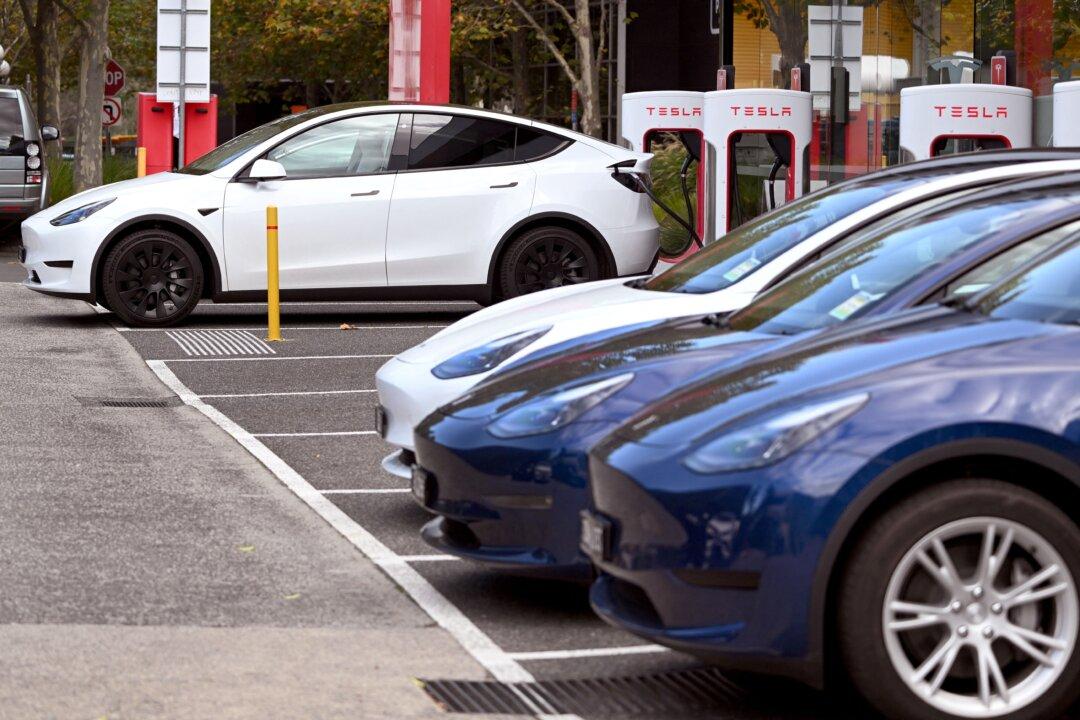The federal Coalition has unveiled its long-awaited policy costings, pledging to improve the federal budget bottom line by nearly $14 billion over the next four years and reduce government debt by more than $40 billion by 2028–29.
Describing it as the most significant fiscal shift in 15 years, Shadow Treasurer Angus Taylor said the Coalition could return the budget to surplus faster than Labor by curbing waste and axing several expensive government programs





